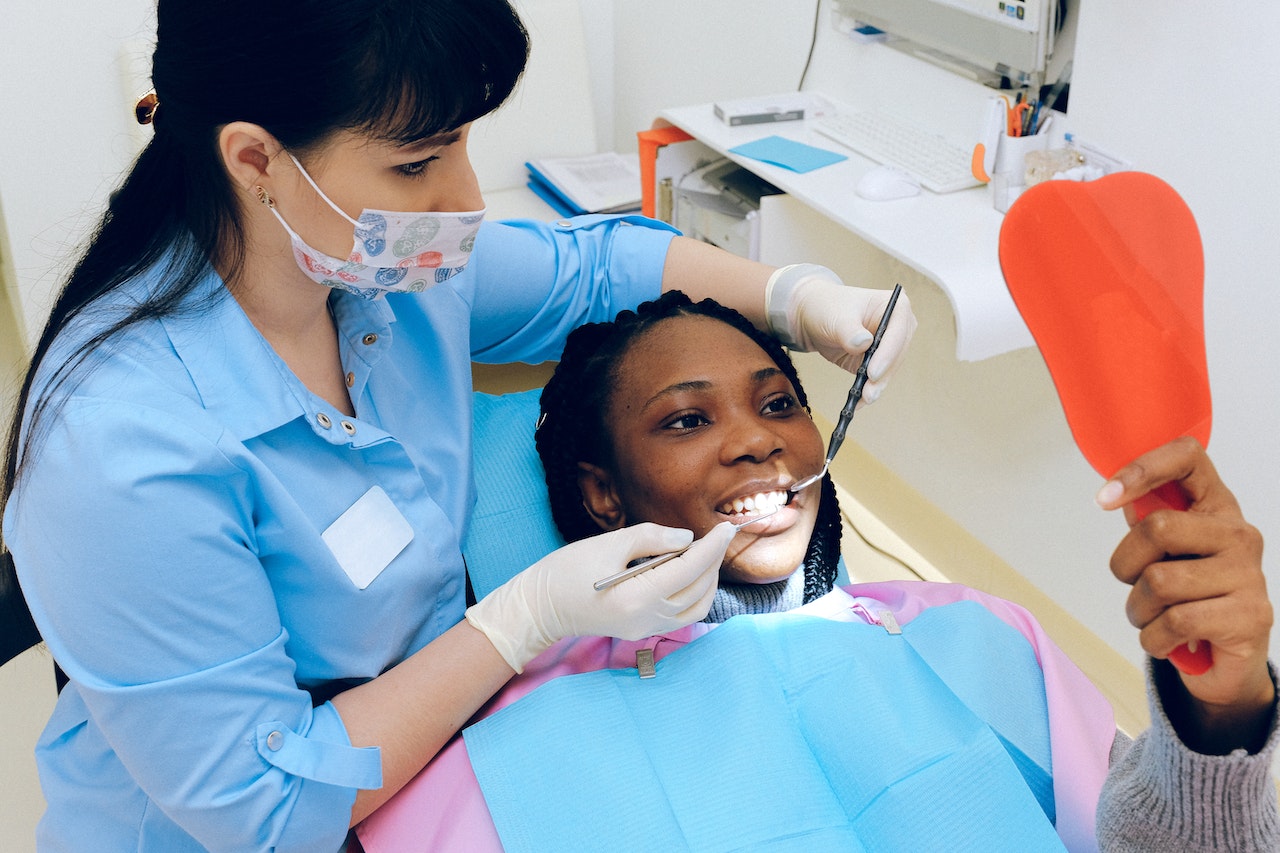Access to healthcare is a fundamental right for every individual. However, the reality is that many patients face numerous challenges that prevent them from getting the healthcare they need. In this article, we will discuss the top challenges impacting patient access to healthcare and their potential solutions.
Cost of healthcare
One of the most significant barriers to healthcare access is the cost. Many people cannot afford to pay for healthcare, and as a result, they may delay or avoid seeking medical attention altogether. The high cost of healthcare can be attributed to a variety of factors, including the rising cost of prescription drugs, expensive medical procedures, and insurance premiums.
Solution: Governments and healthcare providers should work together to make healthcare more affordable for everyone. One potential solution is to implement price controls on prescription drugs and medical procedures. Additionally, healthcare providers could offer more affordable payment plans or discounts for low-income patients.
Lack of health insurance
Many people in the United States do not have health insurance, and this can be a significant barrier to accessing healthcare. Without insurance, patients may be unable to afford the cost of medical care, which can result in delayed diagnosis and treatment.
Solution: Governments and healthcare providers should work to expand access to health insurance. One potential solution is to implement universal healthcare coverage, which would provide all citizens with access to affordable healthcare. Additionally, healthcare providers could offer more affordable health insurance plans or subsidies for low-income patients.
Geographic barriers
Patients in rural or remote areas may face challenges accessing healthcare due to their location. These patients may need to travel long distances to see a healthcare provider, which can be expensive and time-consuming.
Solution: Telemedicine can be an effective solution for patients in remote areas. Telemedicine allows patients to connect with healthcare providers virtually, which can save time and money. Additionally, governments and healthcare providers could invest in mobile clinics that travel to remote areas to provide healthcare services.
Lack of healthcare providers
Another challenge impacting patient access to healthcare is a shortage of healthcare providers. This shortage is particularly acute in rural areas, where there are fewer healthcare providers available.
Solution: Governments and healthcare providers should work to address the shortage of healthcare providers by increasing funding for medical schools and residency programs. Additionally, healthcare providers could offer incentives, such as loan forgiveness or signing bonuses, to attract healthcare providers to underserved areas.
Language barriers
Patients who do not speak the same language as their healthcare providers may face challenges accessing healthcare. These patients may not be able to communicate their symptoms effectively, which can lead to misdiagnosis and inadequate treatment.
Solution: Healthcare providers should offer interpretation services for patients who do not speak the same language as their healthcare providers. Additionally, healthcare providers could hire bilingual staff or work with community organizations to provide interpretation services.
Stigma and discrimination
Patients from marginalized communities, such as LGBTQ+ individuals or people of color, may face stigma and discrimination when accessing healthcare. This can prevent these patients from seeking medical attention when they need it.
Solution: Healthcare providers should work to address stigma and discrimination within their organizations. This includes providing sensitivity training to staff, implementing policies that promote diversity and inclusion, and creating a welcoming environment for all patients.
In conclusion, there are numerous challenges impacting patient access to healthcare. These challenges include the cost of healthcare, lack of health insurance, geographic barriers, shortage of healthcare providers, language barriers, and stigma and discrimination. However, there are potential solutions to these challenges, including implementing price controls, expanding access to health insurance, investing in telemedicine and mobile clinics, addressing the shortage of healthcare providers, providing interpretation services, and promoting diversity and inclusion. By working together, governments and healthcare providers can ensure that all patients have access to the healthcare they need.





